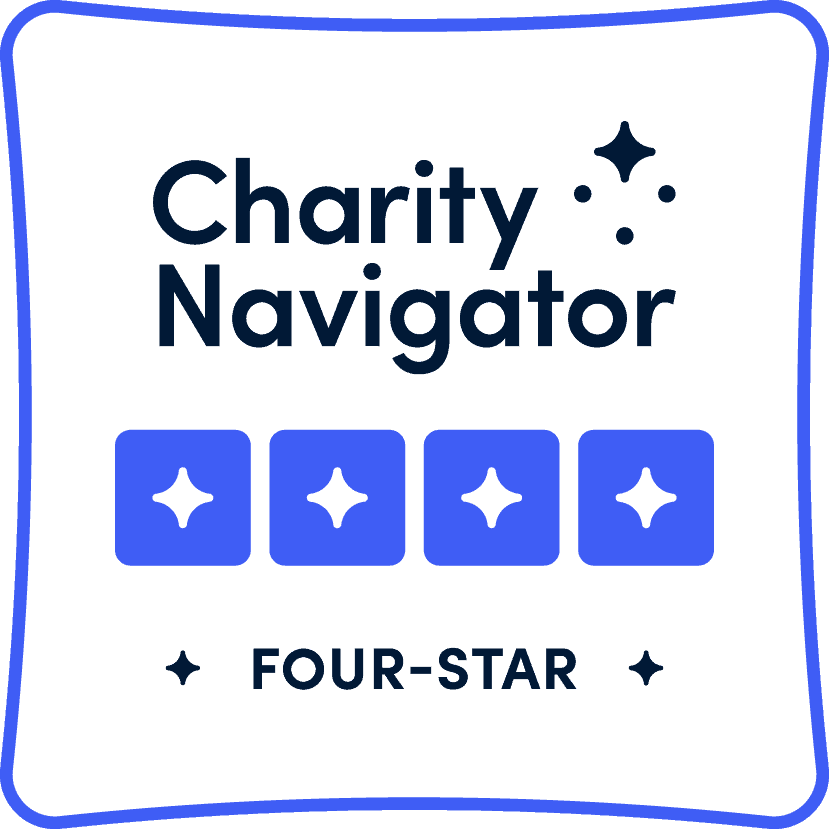In the Israeli port city of Ashdod, two families with blind babies were eager to take courses at the country’s sole training center for parents of vision-impaired infants. But the center is in Petah Tikva, a three-bus journey from Ashdod, and these families did not have cars. How could they get the specialized guidance they needed?
Their municipal social worker appealed to a new nonprofit, Ten Gav, a crowdfunding site for relatively small needs identified by Israeli social workers and vetted by the two volunteer founders. Following a successful campaign, a van was hired to transport the families to and from the training sessions.
The funding needs presented on Ten Gav never exceed $1,500 (₪5,000), and every dollar donated goes directly to the chosen campaign, so even a small contribution counts large. Since December 2014, Ten Gav has fully funded 80 projects, among them a refrigerator for a destitute family; beds for new immigrants; an air-conditioner for the bedroom of a child with cerebral palsy and a washing machine for an elderly woman.
The founders, Ra’anana residents Vivi Mann and Naomi Brounstein, are professional women with a soft spot for charitable endeavors. They wanted to find a worthwhile project they could start and run together. Mann is a management consultant and Brounstein has degrees in law and social work.
“Ten Gav is all about empowering donors to select the cases their money will go to, and empowering the recipient.”
“Vivi and I looked for challenges that needed to be faced, and we developed this model for the Israeli market based on similar sites operating in America,” Brounstein tells ISRAEL21c.
They began Ten Gav as an online crowdfunding platform to match donors with modest needs in Israel that cannot be funded by the state or existing charities. “We are very careful not to present stories where another organization can easily provide what is needed,” says Brounstein.
With startup capital from supporters including Joseph Gitler, founder and head of the Leket Israel national food bank, they began making contact with municipal social workers across Israel.
They weren’t quite ready to launch when the 2014 summer conflict with Hamas escalated into Operation Protective Edge. But a Canadian friend of Brounstein’s wanted to make an immediate donation to families affected by the rocket fire, and asked if she could do so through Ten Gav.
“So we built our first site using Wix as Vivi ran around to communities in the South to find needs from social workers,” says Brounstein. “Sderot social workers deal with a lot of elderly residents, and we filled a number of requests for air conditioners and washing machines. This was not a directly war-related need, but in times of uncertainty and insecurity, any help you give goes a long way in making people feel they are supported by others.”
Seeing things others don’t
After the ceasefire in late August, the women took Ten Gav offline until they truly felt ready to launch at the end of the year.
“Ten Gav is all about empowering donors to select the cases their money will go to, and empowering the recipient,” says Mann.
Many of the causes brought to their attention by social workers don’t fall under the rubric of traditional charity. For example, a social worker in one city thought that joining an afterschool soccer program would help two boys in therapy to release their aggression in a fun and disciplined manner, and that they would benefit from being part of a team. Since their parents could not afford the fee, Ten Gav raised it and the boys were able to join.
The two founders say they are impressed by the sensitivity and creativity of the welfare authorities they meet in each municipality. “They see things in homes that you and I do not see,” says Brounstein.
Sharon Friedman, a social worker in the Department of Youth at Risk of Jerusalem, describes Ten Gav’s assistance as “oxygen to breathe” for some of her clients. Among requests her office has submitted and that have been successfully crowdfunded are piano lessons for a girl whose family could not afford them, a ping-pong table for a child with social difficulties, an afterschool program for a child from a single-parent home, and a computer to enable a woman to work from home.
Checks are made out to the service providers and handed over by the social workers. All administrative costs are covered separately by grants from supporters such as the US-based Good People Fund.
“We are looking to expand slowly so we can control the types of cases and level of due diligence we can do so our donors can always be confident their money is going to the right place,” says Brounstein.
Mann explains that the name “Ten Gav” was chosen for a few reasons. The expression loosely translates to “watch my back” and portrays the idea of helping out rather than handing over cash. “Everybody gives something and gets connected to a personal story, knowing their money won’t get lost in a big pool.”
For more information, click here.






